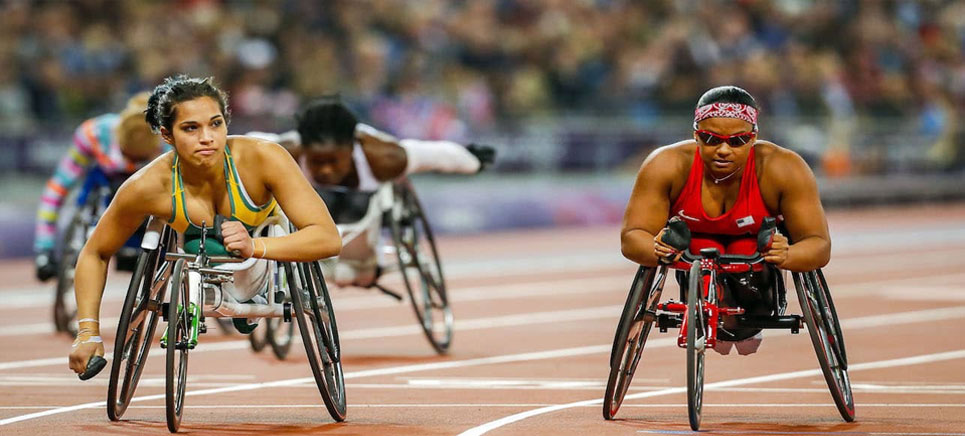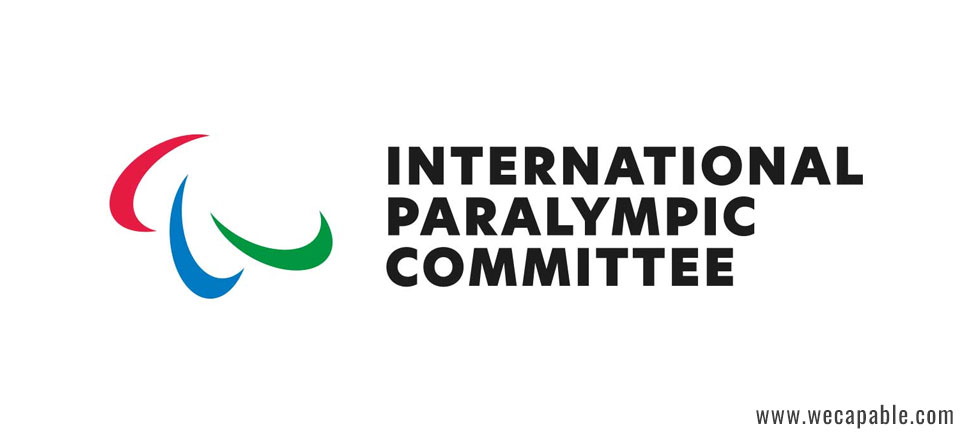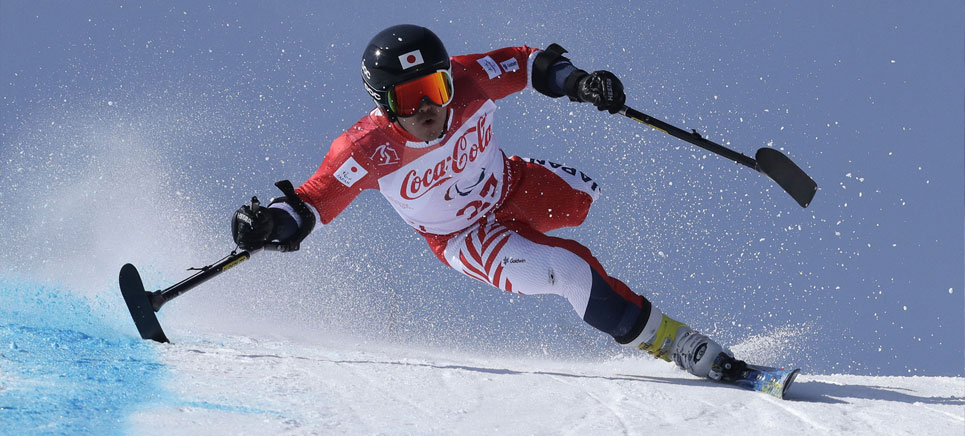A lot of people are not aware of the Paralympics and they want to know the meaning of Paralympics or Paralympic Games. Well, let’s answer your question in this article. Paralympics is a major international sports competition for the athletes with disabilities. It is comparable to the Olympics and is held shortly after the Olympic Games are concluded. And, from the late 20th century the Paralympics are being conducted in the same city where the corresponding Olympics have been held. But, it was not always the case.
History of the Paralympic Movement
Small sporting events for athletes with some specific disabilities are believed to be in existence for a long time. The first sports club for the deaf, for example, was formed in 1888 in the city of Berlin. But, it was not until after WWII that the sporting events for the disabled were introduced at a wider level. The purpose of this alteration in the field of sports was to assist the large number of war veterans who were injured in the war.
Sir Ludwig Guttmann, in 1948, organized a sporting event for war veterans with spinal injuries. The event was organized in Stoke Mandeville, England where the government of Britain had opened a hospital in 1944, at the request of Dr. Guttmann, for the rehabilitation of the veterans with spinal injury. The rehabilitation sport at the hospital evolved to recreational and then to a competitive sport.
The first competitive game for the wheelchair athletes at the Stoke Mandeville was organized by Dr. Guttmann on 29 July 1948 that was the day of the opening ceremony for the 1948 London Olympics. This day is a milestone in the history of the Paralympics. An event for archery was organized in which 16 injured servicemen and women took part. Four years down the line, ex-servicemen from Holland joined in and the International Stoke Mandeville Games were founded.
The Stoke Mandeville Games later evolved to become the Paralympics Game. The first Paralympic Games were organized in Rome, Italy in the year 1960. 400 para-athletes from 23 countries took part in the first Paralympics and since then they are held regularly every four years.
ALSO READ: Special Olympics Games
The first winter games in Paralympics were organized in 1976 and are held every four years just like the Paralympic summer games. Opening and Closing ceremonies for the Paralympic games also started in 1976 only.
Further, an agreement was signed between the International Paralympic Committee (IPC) and the International Olympic Committee (IOC) for the organization of Olympics and Paralympic events in the same city. The first summer games for both Olympic and Paralympic was held in 1988 in the city of Seoul, Korea. And, the first winter games were held in Albertville, France 1992.

Formation of the International Paralympic Committee
International Working Group on Sport for Disabled was set up in 1960, under the aegis of the World Federation of Ex-servicemen, to study the problems of sport for persons with an impairment. This led to the creation of the International Sport Organization for the Disabled (ISOD) in 1964 which offered opportunities for disabled athletes who could not affiliate to the Stoke Mandeville Games. This included athletes with visual impairment, amputees, persons with cerebral palsy and paraplegics. The organization pushed hard for the inclusion of all impairments in international games. Several other organizations were created and they coordinated with the aim of developing international games for athletes with disabilities.
Finally, on 22nd September 1989, the International Paralympic Committee was founded as an international non-profit organization to act as a global governing body of the Paralympic Movement.
ALSO SEE: Logo of the Paralympic Games

Classification of Athletes for the Paralympics
Classification of the athletes is a crucial task to make the games fair for all. If the classification is not done correctly the results will always be predictable – an athlete with a lesser impairment will always be a winner. This is the reason athletes are classified based on their disability as well as the extent of the disability i.e. the degree of activity limitation resulting from the impairment.
The classification is done based on the procedure called the ‘athlete evaluation’. The procedure of athlete evaluation answers 3 fundamental questions in order to classify the athletes:
- Does the athlete have an eligible impairment for the sport?
- Does the impairment meet the minimum impairment criteria of the sport?
- Which sport class should the athlete be allocated based on the extent to which the athlete can execute the specific tasks and activities fundamental to the sport?
Eligible Impairment Types for the Paralympics
The International Paralympic Committee provides opportunities to athletes who fall under any of the ten impairment criteria discussed below.

Each Paralympic sport, in their classification rules, define which among the ten impairment criteria are provided the opportunity in that particular sport. The assessment of the eligibility impairment of an athlete must be conducted by the International Sports Federation governing that sport.
List of Sports in Paralympics
Currently, International Paralympic Committee sanctions 28 sports including 22 summer games and 6 winter games. Here is the list of sports played in the Paralympics:
ALSO READ: Best Paralympic Athletes
Sports in Summer Paralympics
Sports in Winter Paralympics
Use the citation below to add this article to your bibliographyStyles:MLA
"Paralympics: Meaning, History, Eligibility and the Sports List." Wecapable.com. Web. July 7, 2022. <https://wecapable.com/paralympics-meaning-logo-history-eligibility-sports-list/>
CHICAGOWecapable.com, "Paralympics: Meaning, History, Eligibility and the Sports List." Accessed July 7, 2022. https://wecapable.com/paralympics-meaning-logo-history-eligibility-sports-list/
APA"Paralympics: Meaning, History, Eligibility and the Sports List." (n.d.). Wecapable.com. Retrieved July 7, 2022 from https://wecapable.com/paralympics-meaning-logo-history-eligibility-sports-list/
ncG1vNJzZmivlZiusa3BpZxnm5%2BifLGt0ZqjsqWgnrC0ecyemKehnpx6rbvGqGShoaOpvLPFjJ6jop%2BZl7attdOyZKyon6fBtHnLoqqtZw%3D%3D